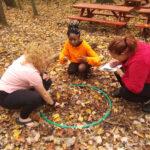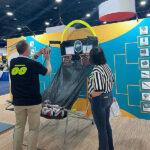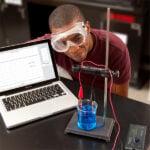
Sharing ideas and inspiration for engagement, inclusion, and excellence in STEM
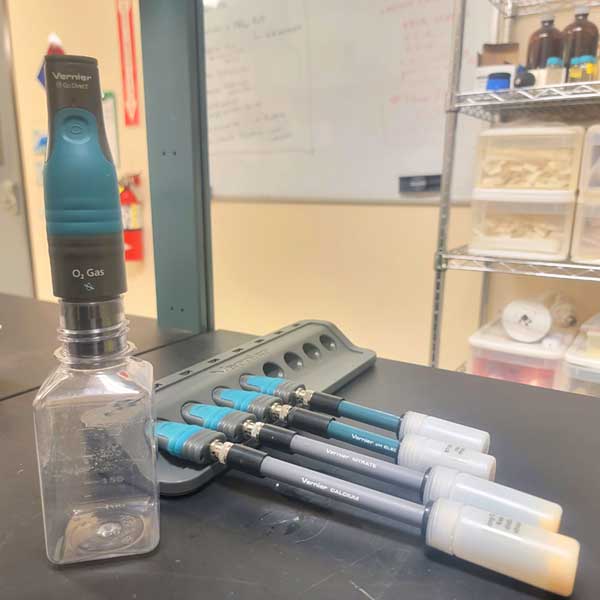
Is your STEM lab fully prepared for classes this fall? Taking the time to assess your equipment at the start of the year can prevent future headaches and mitigate expenses down the road. Ensure your lab is science experiment-ready and in optimal working condition with this simple checklist.
1. Inspect and Calibrate Storage-Sensitive Sensors
If your sensors were stored correctly over the summer, it’s likely that manual calibration might not be necessary. But while many sensors don’t demand special storage, certain sensors like pH and ORP sensors, ion-selective electrodes (ISEs), and O2 gas sensors require more careful attention.
pH and Oxidation-Reduction Potential (ORP) Sensors
These sensors require wet storage and may require additional evaluation if they become too dried out. Start with a calibration check.
For the most accurate measurements, follow a two- or three-point calibration with two or three different buffer solutions. These solutions should span the pH range expected in your experiments, which for most chemistry experiments should be 4, 7, and/or 10.
Ion-Selective Electrodes
For ISEs, first check the date printed on the module at the tip of the probe. Sensors older than three years should be monitored after performing a calibration and may require replacement.
Oxygen Gas Sensors
When you take your O2 sensor out of storage, it should read about 20.9 percent. If it doesn’t, you’ll need to calibrate it. Keep in mind that these sensors do have a lifespan and will begin to degrade over time—especially those older than 5 years.
The calibration process will differ, depending on whether you have a LabQuest® or Go Direct O2 Gas Sensor. You’ll also want to check the voltage (LabQuest sensor) or relative stability reading (RSR; Go Direct sensor). Ideally, you’re looking for a reading of less than 1.8 V or RSR 55.
2. Check Batteries for LabQuest® and Spectrometers
For LabQuest 2, LabQuest 3, and the Go Direct SpectroVis® Plus Spectrophotometer, reinstall batteries that were removed for summer storage. If the batteries were left in the device, or were actively charging while in storage, you may need to recharge or replace drained batteries.
You can always use your LabQuest devices with AC power or spectrometers with USB power if you are waiting for battery replacements, so you won’t be without a working unit.
3. Inspect Your Cabled Sensors for Breakage
Sensors that have power cords or cables should be checked and inspected for damage. The instinct for many teachers and students is to wrap the cords around the sensor itself, which can lead to breakage over time and render the device faulty and sometimes unrepairable.
Practicing good storage will be key to giving these sensors longevity, but you’ll definitely want to check and test them out at the beginning of the school year.
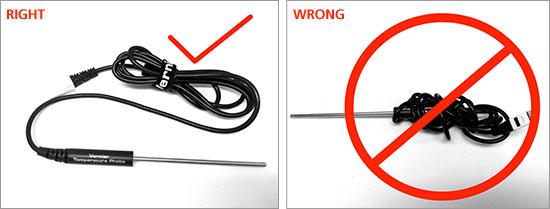
4. Install Any New Software Updates
Before you dive into new class experiments, make sure you’ve updated any Vernier software. Regular updates are available for free and can be downloaded from your Vernier account. If your school has purchased a site license, you can also find updated lab books to download in your account.
Check updates for:
5. Need Repairs? Replacements? Troubleshooting?
We Can Help!
Lastly, if you find that you can’t solve problems with the device calibration or are experiencing other issues with wear and tear, connect with our support team! Our technical support team is made up of former science educators with an extensive knowledge of product and classroom applications.
Reach out with the details of your issue, and we can help you continue to troubleshoot, check your warranty status, or even assist in the disposal of non-repairable items.
We’re always here to help! Call us at 888-837-6437, fill out a support request form, or email us at chemistry@vernier.com or biology@vernier.com.
Share this Article

Sign up for our newsletter
Stay in the loop! Beyond Measure delivers monthly updates on the latest news, ideas, and STEM resources from Vernier.

